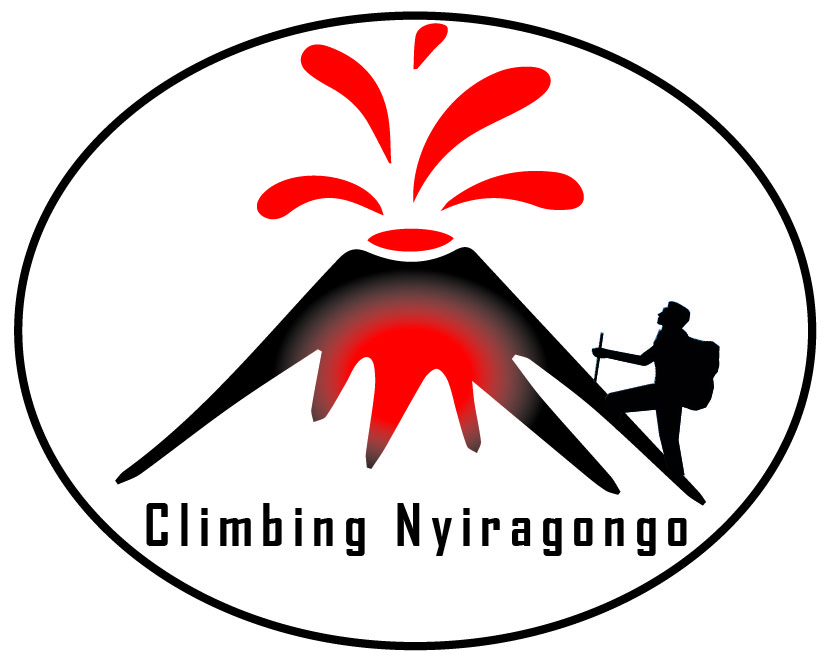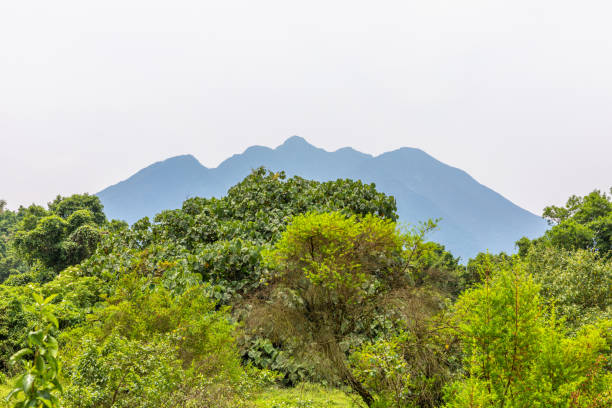Vegetation cover- Virunga National park -Climbing Nyiragongo
Virunga National Park’s flora encompasses 2,077 plant species, including 264 tree species and 230 plants that are endemic to the Albertine Rift. The plains of Virunga National Park are dominated by wetlands and grasslands with papyrus sedge (Cyperus papyrus), jointed flatsedge. In Virunga National Park you will find different vegetation. Virunga national park is popular for the mountain gorilla trekking and Nyiragongo trekking tours which can be secured from one local tour operator.
Learn about the different vegetation cover in Virunga . Read More about the climatic conditions that affect the vegetation cover.
Rain forest vegetation:
The lower slopes of Nyiragongo are covered by tropical rainforests. These forests are characterized by dense vegetation, including tall trees, vines, and a wide variety of plant species. The rainforests thrive due to the abundant rainfall and high humidity levels in the area.
At higher elevations, particularly between 2,800 and 3,200 meters (9,200 to 10,500 feet), bamboo forests dominate the landscape. These forests consist of various species of bamboo plants, which thrive in the cooler and moister conditions found at these altitudes.
Montane Forests:
As you ascend further up the volcano, the rainforest gives way to montane forests. These forests are characterized by a mix of trees, shrubs, and mosses adapted to the cooler temperatures and higher elevations. Montane forests typically feature a diverse array of plant species.
Afro-Alpine Vegetation:
Near the summit of Nyiragongo, at elevations above 3,000 meters (9,800 feet), the vegetation transitions to Afro-alpine or subalpine vegetation. This zone is characterized by stunted shrubs, grasses, and herbaceous plants that are adapted to the harsh conditions of high altitude, including lower temperatures and strong winds.
The vegetation cover on Nyiragongo can vary depending on factors such as elevation, slope aspect, and local environmental conditions. volcanic eruptions, such as the one that occurred in 2021, can significantly impact the vegetation cover in the immediate vicinity of the volcano, potentially leading to destruction and subsequent regeneration of plant life.

